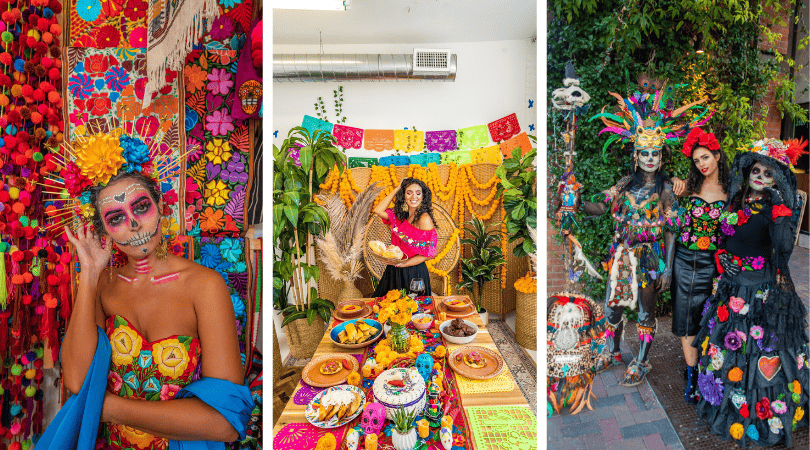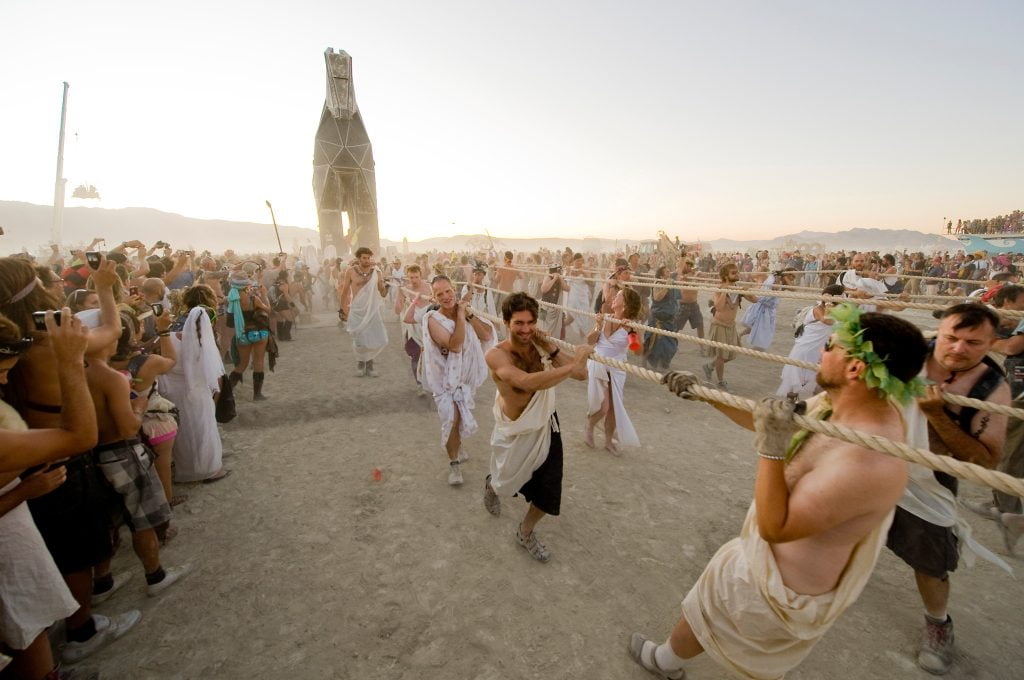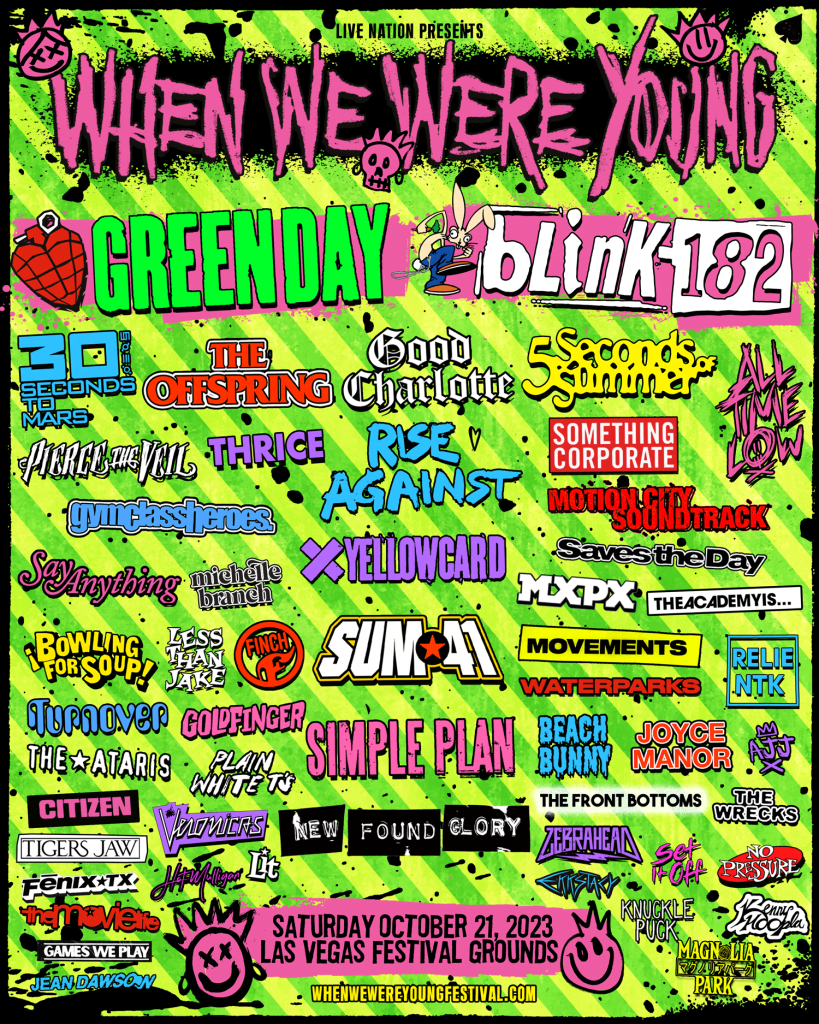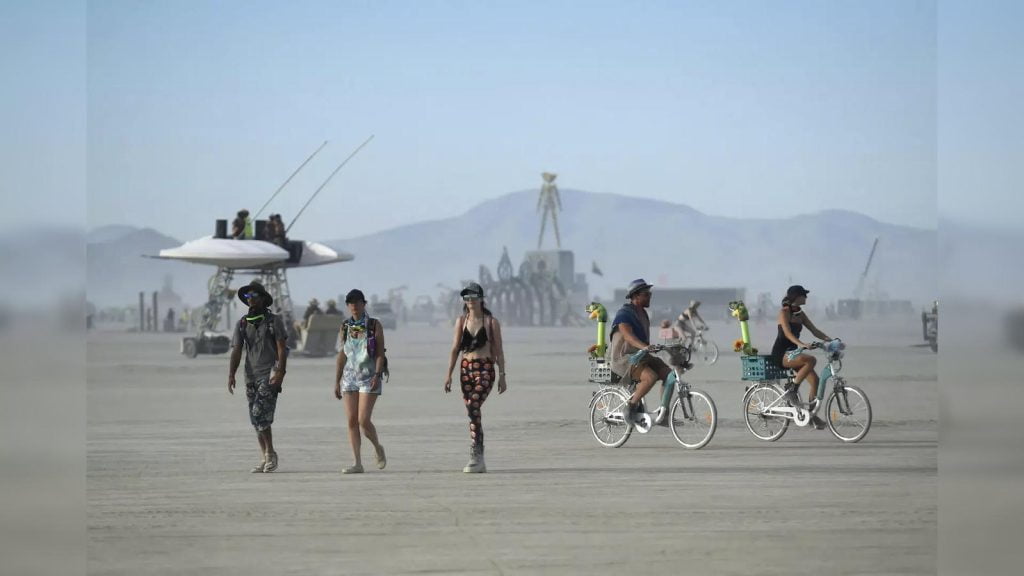Have you ever found yourself gazing at the Moon, enchanted by its mystical glow and wondering about the stories it holds? The Moon Festival, also known as the Mid-Autumn Festival, is a traditional celebration that revolves around the beauty and significance of the Moon. This festival, deeply rooted in Chinese culture, is a time for families to reunite, share delicious mooncakes, and appreciate the full Moon’s luminous presence. Join us on a journey as we unravel the enchanting mysteries and cultural traditions of the Moon Festival. Discover the history, symbolism, and festivities that make this celestial celebration a truly magical experience.
Our publisher @join_indie_io is going to #PAXWest and bringing a demo of Moon Mystery with them!Play the demo on the floor or download and play it on #Steam from Aug 30th to Sept 3rd! 🚀#GameDemo #Steam #IndieGaming #MoonMystery pic.twitter.com/HwYmwruPmT
— Moon Mystery 🚀 Find us on Kickstarter (@moonmysterygame) August 26, 2024
Introduction: Understanding the Significance of the Moon Festival
The Moon Festival, also known as the Mid-Autumn Festival, holds a significant place in Chinese and Vietnamese cultures. Celebrated on the 15th day of the 8th lunar month, this festival signifies unity, harmony, and the gathering of families. People celebrate by offering sacrifices to the Moon, enjoying mooncakes, and admiring the full Moon’s beauty.
The Origin of the Moon Festival
The Moon Festival traces back to ancient times when emperors held ceremonies to worship the Moon for a bountiful harvest. Over the years, it evolved into a beloved cultural tradition celebrated with various rituals and activities.
Legend has it that Chang’e, accompanied by a yearning for immortality, lives on the Moon. This myth is central to the festival’s symbolism and rituals.
The Traditional Customs
During the Moon Festival, families come together to enjoy a feast and light colorful lanterns. Mooncakes, a traditional delicacy, symbolize reunion and are exchanged as gifts. Children participate in lantern processions, adding to the festival’s vibrant atmosphere.
- Reunion dinners symbolize family unity.
- Moon-watching gatherings exhibit the beauty of nature
- Sharing mooncakes spreads joy and prosperity

Historical Roots: Origins and Traditions of the Moon Festival
The Moon Festival, also known as the Mid-Autumn Festival, has a rich history dating back over 3,000 years to ancient China. It is celebrated on the 15th day of the eighth lunar month, when the Moon is at its fullest and brightest, symbolizing unity and harmony.
The Legend of Chang’e and Houyi
One of the most famous legends associated with the Moon Festival is the story of Chang’e, the goddess of the Moon, and her husband, Houyi, the legendary archer. According to the myth, Houyi shot down nine suns to save the earth, earning the elixir of immortality as a reward. When Chang’e swallowed the elixir to prevent it from falling into the wrong hands, she flew to the Moon, where she resides to this day.
This legend is often reenacted during the festival, with offerings of mooncakes and fruits made to honor Chang’e and her eternal love for Houyi. It is a tale of sacrifice, love, and a thin initial cycle of life and death.
The Tradition of Mooncakes and Lanterns
One of the most iconic traditions of the Moon Festival is the sharing and eating of mooncakes, a sweet pastry filled with lotus seed paste or red bean paste. Mooncakes are exchanged as gifts among family and friends, symbolizing reunion and good fortune. Lanterns are also an integral part of the festival, with colorful lantern displays illuminating the night sky.
- People of all ages gather to light lanterns, creating a mesmerizing spectacle that symbolizes hope and prosperity for the future.

Celebrations Around the World: Global Observance of the Moon Festival
The Moon Festival, also known as the Mid-Autumn Festival, is a significant event celebrated by various cultures worldwide. Essential elements of the festival include mooncakes, lanterns, and family reunions, symbolizing unity and harmony. This festival falls on the 15th day of the 8th month in the lunar calendar when the Moon is at its roundest and brightest.
Traditional Customs and Rituals
During the Moon Festival, families gather to enjoy mooncakes, a pastry filled with lotus seed paste or sweet fillings. People also light lanterns, carry them around, and watch the full Moon together. Another common tradition is offering sacrifices to the Moon for good fortune and blessings.
Additionally, the festival is marked by decorative displays, cultural performances, and dragon dances, enhancing the festive atmosphere and celebrating the lunar beauty.
International Observations
The Moon Festival is observed in various countries like China, Vietnam, Korea, and Malaysia, each incorporating unique cultural practices into the celebrations. In recent years, the festival has gained global recognition, with events, exhibitions, and performances held in major cities around the world, attracting diverse audiences.
- In the United States, cities with significant Asian populations host large-scale Moon Festival events, showcasing traditional foods, arts, and crafts.
- Modern festivities often include activities like moon-gazing parties, tea ceremonies, and storytelling sessions to educate participants about the festival’s significance.
Moonstruck Delights: Food and Festivities of the Moon Festival
The Moon Festival, also known as the Mid-Autumn Festival, is a significant celebration in East Asian cultures. It falls on the 15th day of the 8th lunar month. Families gather to admire the full Moon, a symbol of unity and harmony.
Cultural Significance
People celebrate with various customs like lighting lanterns, playing folk music, and reciting poetry. It is a time for reunions, thanksgiving, and praying for a bountiful harvest.
One popular tradition is the exchange of mooncakes, sweet pastries filled with lotus seed paste or red bean paste. They symbolize good luck and prosperity.
Modern Celebrations
Today, the festival is a blend of tradition and modernity. People enjoy outdoor BBQs, teatime gatherings, and dance performances under the moonlight.
- Enjoy mouth-watering mooncakes
- Admire lantern displays and fireworks
- Participate in traditional tea ceremonies
Symbols and Symbolism: Significance of the Moon in Festival Celebrations
The Moon holds a profound significance in various festival celebrations worldwide. Particularly, in the context of the Moon Festival, also known as the Mid-Autumn Festival, the celestial body symbolizes unity, togetherness, and the cyclical nature of life.
Traditional Customs
During the festival, families and friends gather to admire the full Moon while consuming mooncakes and traditional delicacies that symbolize reunion and completeness. What is the moon festival celebration? It often involves lantern displays and dragon dances.
Astrological Beliefs
Astrologically, the Moon’s phases are believed to influence human emotions and behaviors, making the Moon Festival an auspicious time for reflection, gratitude, and renewal. The What is the Moon festival is a time of balance and harmony according to lunar influences.
Innovations and Modern Adaptations: Evolution of Moon Festival Celebrations
Over the years, the Moon Festival celebrations have witnessed remarkable innovations and modern adaptations, reflecting changing cultural norms and technological advancements. In what the moon festival traditions are, the essence of the festival remains intact while incorporating new elements to appeal to diverse audiences.
Virtual Gatherings and Online Events
With the rise of digitalization, many Moon Festival celebrations now feature virtual gatherings and online events, allowing individuals to participate in festivities remotely from any part of the world. This trend has greatly increased accessibility and inclusivity.
Culinary Fusion and Creative Mooncakes
In recent years, there has been a surge in culinary innovation during the Moon Festival, with chefs experimenting with unique flavors and ingredients to create unconventional mooncakes. From salted caramel to matcha, these creative concoctions add a modern twist to traditional delicacies.
Community and Togetherness: Social Aspects of the Moon Festival
The Moon Festival, also known as the Mid-Autumn Festival, is a time for communities to come together and celebrate under the full Moon. It is a time of unity, togetherness, and family gatherings.
Traditional Customs and Activities
During this festival, people engage in various activities such as lighting lanterns, enjoying mooncakes, and performing traditional dances. These customs promote a sense of community bonding and cultural heritage, such as the moon festival.
Family Reunions and Feasting
One of the key aspects of the Moon Festival is the reunion of family members. Loved ones come together to enjoy a feast under the Moon, strengthening familial ties and creating lasting memories of what the Moon Festival is.
The aroma of freshly baked mooncakes fills the air during this time, symbolizing unity and harmony among family members.
Frequently Asked Questions
- What is the Moon Festival?
- The Moon Festival, also known as the Mid-Autumn Festival, is a popular harvest festival celebrated by various Asian cultures to give thanks for the harvest and admire the beauty of the full Moon.
- When is the Moon Festival celebrated?
- The Moon Festival is usually celebrated on the 15th day of the eighth month in the Chinese lunar calendar, which typically falls in September or October in the Gregorian calendar.
- What are some traditional activities during the Moon Festival?
- Traditional activities during the Moon Festival include family gatherings, sharing mooncakes, admiring the full Moon, lighting lanterns, and performing dragon dances.
- Why is the Moon Festival significant?
- The Moon Festival is significant as it symbolizes unity and togetherness, as families and friends reunite to celebrate the occasion and share blessings for a bountiful harvest.
- How is the Moon Festival celebrated in different countries?
- The Moon Festival is celebrated differently across various countries, with each culture adding its unique traditions and customs while keeping the essence of giving thanks and honoring the Moon.
Unlocking the Enchantment: Final Reflections on the Moon Festival
The captivating marvel of the Moon Festival lies in its rich cultural significance and timeless traditions. This celestial celebration, also known as the Mid-Autumn Festival, is a vibrant tapestry of myth, legend, and unity. As we gaze upon the luminous Moon, we are reminded of the importance of family reunion, gratitude, and hope. Delving into the heart of this festival, we discover a deep-rooted connection to nature and the mysteries of the cosmos.
In summary, the Moon Festival is a testament to the enduring beauty of cultural heritage and the enduring spirit of humanity. Let its magic linger in your heart until we meet again under the gentle glow of the Moon.




